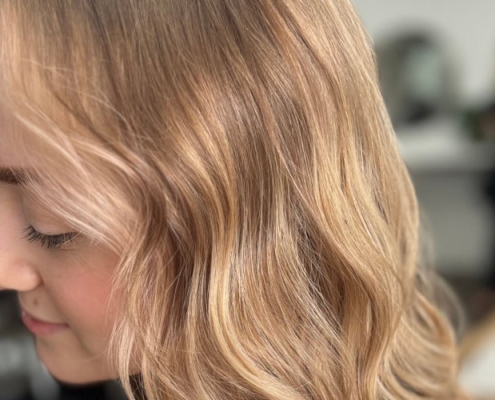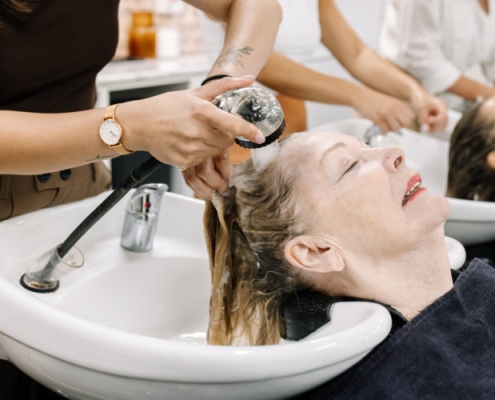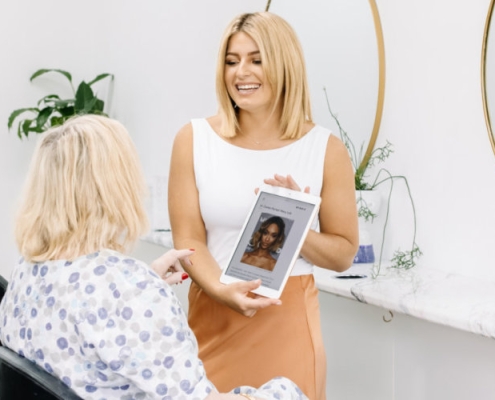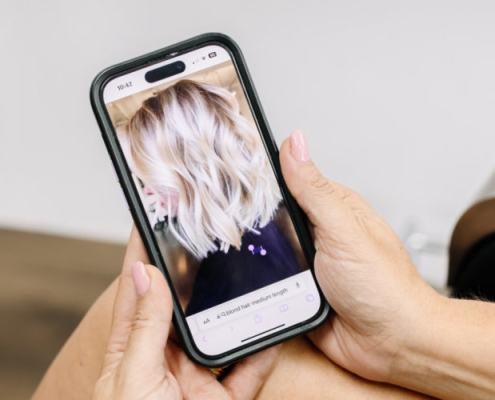How to Boost Confidence When Dealing with Thinning Hair
Hair thinning can be a distressing experience, affecting not just your appearance but also your self-esteem. Many people associate their hair with confidence and identity, making hair loss a challenging emotional journey. However, while thinning hair can be frustrating, there are ways to manage, style, and embrace your look with confidence.
In this guide, we’ll explore emotional coping strategies, practical styling tips, and hair care techniques that can help you regain confidence and feel great about your appearance.
Understanding the Emotional Impact of Thinning Hair
Hair thinning can trigger a wide range of emotions, from frustration to self-consciousness. It’s important to acknowledge these feelings and take proactive steps toward self-acceptance.
1. Shift Your Perspective
While hair is an important part of appearance, it does not define your worth. Many people, including celebrities and public figures, confidently embrace hair loss. Remember:
- Hair thinning is common: Millions of people experience hair loss due to genetics, aging, stress, or medical conditions.
- Confidence comes from within: How you carry yourself and feel about yourself is more important than hair volume.
- You are more than your hair: Your personality, kindness, and accomplishments define you far more than your hairstyle.
2. Surround Yourself with Support
It helps to talk to family, friends, or a support group about your concerns. Many people are going through similar experiences, and sharing stories can reduce feelings of isolation.
- Join online hair loss support groups where people share styling tips and coping strategies.
- Consider seeing a therapist if hair thinning is affecting your mental well-being.
- Engage in self-care activities that make you feel good beyond your appearance.
Styling Techniques to Make Hair Appear Fuller
Choosing the right hairstyle, hair products, and styling techniques can help create the illusion of thicker, fuller hair.
1. Get a Flattering Haircut
The right haircut can make a significant difference in how your hair looks and feels. Some of the best haircuts for thinning hair include:
- Blunt bob: Keeps the ends full and makes hair appear denser.
- Layered lob: Adds volume without removing too much density.
- Side-swept fringe: Help cover thinning hair at the hairline.
For more haircut recommendations, check out Best Hairstyles for Thinning Hair to Add Volume.
2. Use Volumizing Hair Products
Using the right products can make a significant difference in how your hair appears. Look for:
- Volumizing shampoos and conditioners: These help lift the roots and add body.
- Dry shampoo: Absorbs excess oil and adds texture for a fuller look.
- Root-lifting sprays: Provide instant lift and volume at the crown.
3. Experiment with Hair Parting
Changing the way you part your hair can instantly create volume and hide thinning areas. Try:
- Deep side part: Adds height and creates the illusion of thicker hair.
- Zigzag part: Disguises scalp exposure by distributing hair in different directions.
- Flipping your part: Switching your part to the opposite side adds instant lift.
4. Consider Hair Toppers or Extensions
If you want additional volume, you can explore:
- Clip-in extensions: Great for special occasions to add fullness.
- Hair toppers: Lightweight pieces that blend naturally with your existing hair.
- Wigs: A stylish and confidence-boosting option if you prefer a completely new look.
Self-Care and Wellness for Confidence
When dealing with thinning hair, self-care goes beyond just hair treatments—it involves taking care of your body, mind, and emotional well-being. Confidence is deeply connected to how we feel inside, and by adopting a holistic approach to health, you can improve both your hair and your overall self-esteem.
Here are the most effective self-care strategies to boost confidence while managing thinning hair.
1. Follow a Nutrient-Rich Diet
Your diet plays a fundamental role in hair health. The foods you consume provide the essential building blocks that strengthen hair follicles, promote regrowth, and prevent excessive shedding. A well-balanced diet supports not only hair but also your overall energy levels, skin, and mental health.
Key Nutrients for Healthy Hair
To nourish your hair from the inside out, ensure your diet includes the following key nutrients:
- Iron: Iron helps carry oxygen to the hair follicles, supporting healthy growth. A deficiency can lead to excessive shedding.
- Biotin (Vitamin B7): Essential for keratin production, biotin strengthens hair and prevents breakage.
- Omega-3 Fatty Acids: These healthy fats nourish the scalp, reduce inflammation, and improve hair elasticity.
- Protein: Hair is primarily made of keratin, a protein. Consuming enough protein ensures strong, healthy hair strands.
- Vitamin D: Plays a role in the hair growth cycle, and a deficiency has been linked to hair thinning.
- Zinc: Supports follicle function and helps repair damaged hair tissue.
- Vitamin C: Aids iron absorption and helps produce collagen, which strengthens hair structure.
Best Foods for Hair Growth
- Iron-rich foods: Spinach, red meat, lentils, pumpkin seeds, and quinoa.
- Biotin sources: Eggs, almonds, avocados, sweet potatoes, and sunflower seeds.
- Omega-3 fatty acids: Salmon, walnuts, flaxseeds, chia seeds, and sardines.
- Protein sources: Lean meats, poultry, tofu, Greek yogurt, beans, and lentils.
- Vitamin D sources: Fatty fish, fortified dairy products, mushrooms, and moderate sunlight exposure.
- Zinc-rich foods: Oysters, chickpeas, cashews, and whole grains.
- Vitamin C sources: Oranges, bell peppers, strawberries, and kiwi.
For a deeper dive into how diet affects hair health, read Thinning Hair and Diet: Nutrients You Need for Stronger Strands.
2. Reduce Stress
Stress is a major factor that contributes to hair thinning. High levels of stress can trigger a condition called telogen effluvium, where more hair enters the shedding phase prematurely. Learning how to manage stress effectively can not only support hair regrowth but also improve overall well-being.
Ways Stress Affects Hair
- Disrupts the hair growth cycle: Chronic stress can push hair into the resting phase, leading to increased shedding.
- Triggers scalp conditions: Stress can worsen dandruff, scalp psoriasis, and oil production, all of which impact hair health.
- Causes hormonal imbalances: Cortisol, the stress hormone, can disrupt the balance of other hormones that regulate hair growth.
Stress-Reducing Techniques
Incorporating stress-management techniques into your daily routine can have a positive impact on both your mental health and hair health.
- Meditation and Deep Breathing Exercises: Spending 5-10 minutes a day focusing on deep breathing or guided meditation can reduce cortisol levels.
- Regular Exercise: Physical activity improves blood circulation to the scalp and releases endorphins, which help lower stress.
- Quality Sleep: Aim for 7-9 hours of sleep per night to allow your body to repair and regenerate.
- Journaling or Talking to Someone: Writing down your thoughts or speaking with a friend or therapist can help process emotions.
- Time in Nature: Spending time outdoors and getting fresh air can have a calming effect on the nervous system.
3. Embrace Scalp Care
Healthy hair starts with a healthy scalp. A well-maintained scalp provides a strong foundation for hair follicles, promoting better growth and reducing issues like excessive shedding and dandruff.
Effective Scalp Care Practices
- Scalp Massages: Gently massaging the scalp for 5-10 minutes daily helps stimulate blood circulation, bringing essential nutrients to the hair follicles.
- Use Essential Oils: Certain oils like rosemary, peppermint, and tea tree oil have been linked to improved hair growth and scalp health.
- Avoid Harsh Chemicals: Sulfates, alcohol-based hair products, and harsh styling treatments can dry out the scalp and weaken hair strands.
- Exfoliate the Scalp: Just like skin, the scalp can accumulate dead skin cells and product buildup. Using a gentle exfoliating scalp scrub once a week can keep follicles clear.
- Keep Your Scalp Hydrated: Using a lightweight, hydrating serum or aloe vera gel can prevent scalp dryness and flaking.
- Limit Heat Styling: Excessive use of heat tools can dry out the scalp and cause hair breakage.
Best Scalp-Friendly Products
- Gentle, sulfate-free shampoos: Cleanse the scalp without stripping natural oils.
- Rosemary or peppermint oil: Can be diluted with a carrier oil and massaged into the scalp for improved circulation.
- Scalp exfoliators: Remove buildup and promote a healthy scalp environment.
- Silk pillowcases: Reduce friction and hair breakage while you sleep.
Final Thoughts
Taking care of your overall well-being is just as important as using the right hair products. By following a nutrient-rich diet, managing stress, and embracing scalp care, you can create an environment that supports healthier, stronger hair.
If you’re experiencing persistent hair thinning despite making lifestyle changes, consider consulting a specialist for further assessment. Learn more about when to seek professional help: Is It Time to See a Specialist for Your Thinning Hair?.
For additional guidance on managing thinning hair, check out:
- Why Is My Hair Thinning? Common Causes and Solutions
- Best Hairstyles for Thinning Hair to Add Volume
By prioritizing self-care, you can feel more confident and empowered, no matter where you are on your hair journey.



